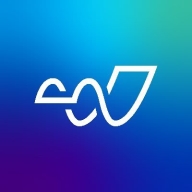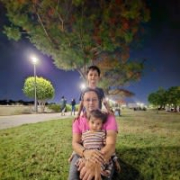

Nagios Core and LogRhythm NetMon are contenders in the network monitoring and security analysis sector. Nagios Core is advantageous for its cost-effectiveness and flexibility, while LogRhythm NetMon takes the lead with advanced security features and network insights.
Features: Nagios Core provides extensive customization options through plugin development and configuration adjustments, ensuring adaptability for monitoring tasks. Its seamless integration with external tools, like ticketing systems, enhances enterprise functionality. LogRhythm NetMon is strong in threat detection with capabilities like deep packet analysis and comprehensive protocol support, enabling detailed network activity monitoring.
Room for Improvement: Nagios Core's configuration setup could be more user-friendly, and its interface could be enhanced for better usability. It also needs improvements in scalability and advanced visualization tool integration. LogRhythm NetMon may improve in its integration with third-party products and faces pricing concerns. Expanding its analytics capabilities would meet competitive standards, and easing reliance on agent-based integration is suggested.
Ease of Deployment and Customer Service: Nagios Core offers diverse deployment environments across cloud and on-premises options. However, technical support is community-driven, requiring users to rely on documentation and forums. LogRhythm NetMon is specific to on-premises deployment with a major focus on security. Despite having structured support, there's a noted need for better communication and training.
Pricing and ROI: Nagios Core, as an open-source product, incurs no licensing fees, presenting a cost-efficient solution with expenses tied to server infrastructure and setup expertise. Its ROI is notable due to reduced system downtime. LogRhythm NetMon has notable licensing fees that can deter small enterprises, yet its substantial threat detection and network visibility capabilities often justify the investment.


Identify Emerging Threats on Your Network in Real Time
Transform your physical or virtual system into a network forensics sensor in a matter of minutes for free with LogRhythm's NetMon Freemium. Your investigations will come together effortlessly with extensive corresponding metadata, full packet capture, and customizable advanced correlation.. Detect network-based threats with real-time network monitoring and big data analytics
Get the visibility you need with NetMon.
This is IT infrastructure monitoring's industry-standard, open-source core. Free without professional support services.
We monitor all Network Monitoring Software reviews to prevent fraudulent reviews and keep review quality high. We do not post reviews by company employees or direct competitors. We validate each review for authenticity via cross-reference with LinkedIn, and personal follow-up with the reviewer when necessary.